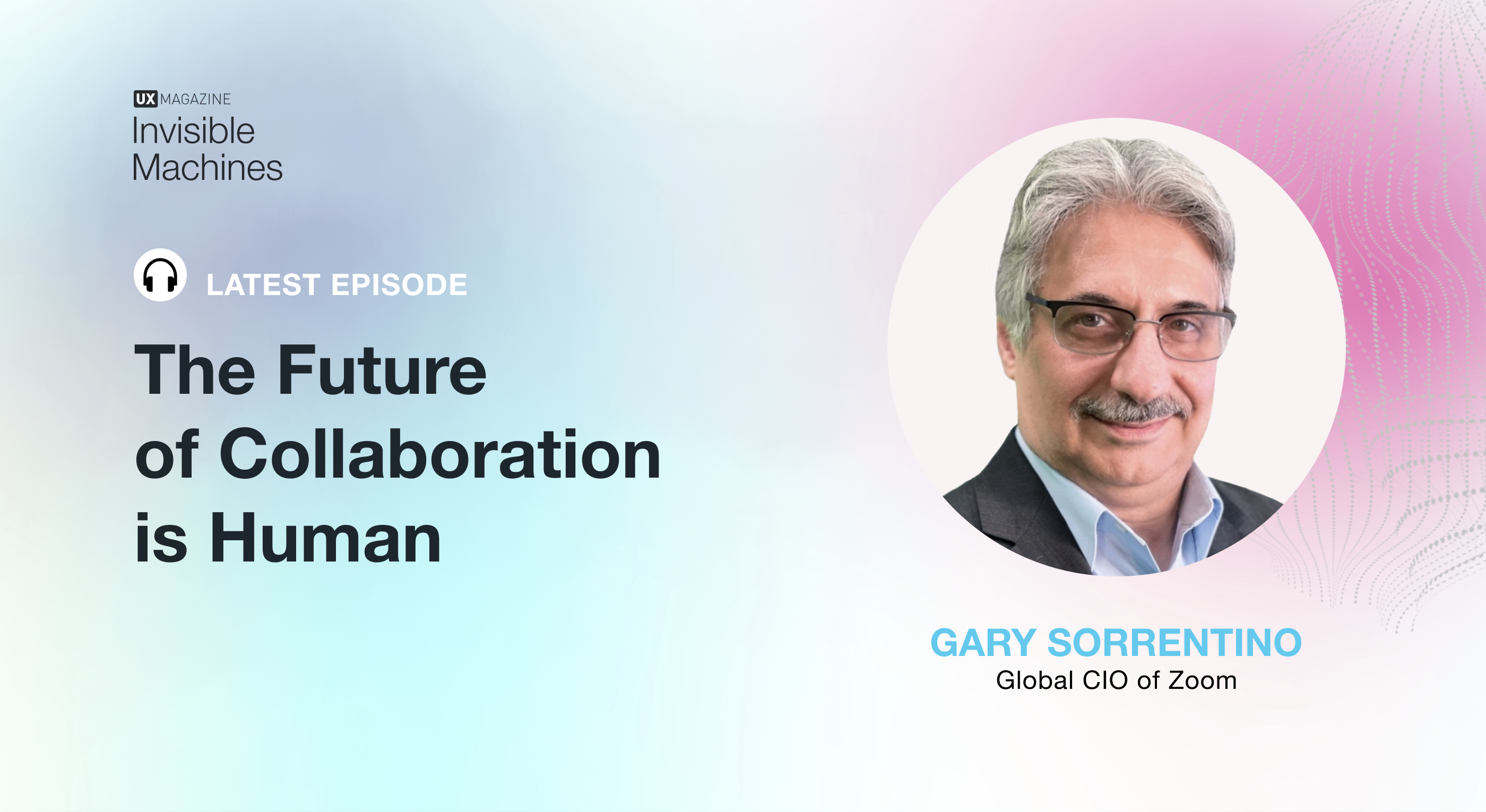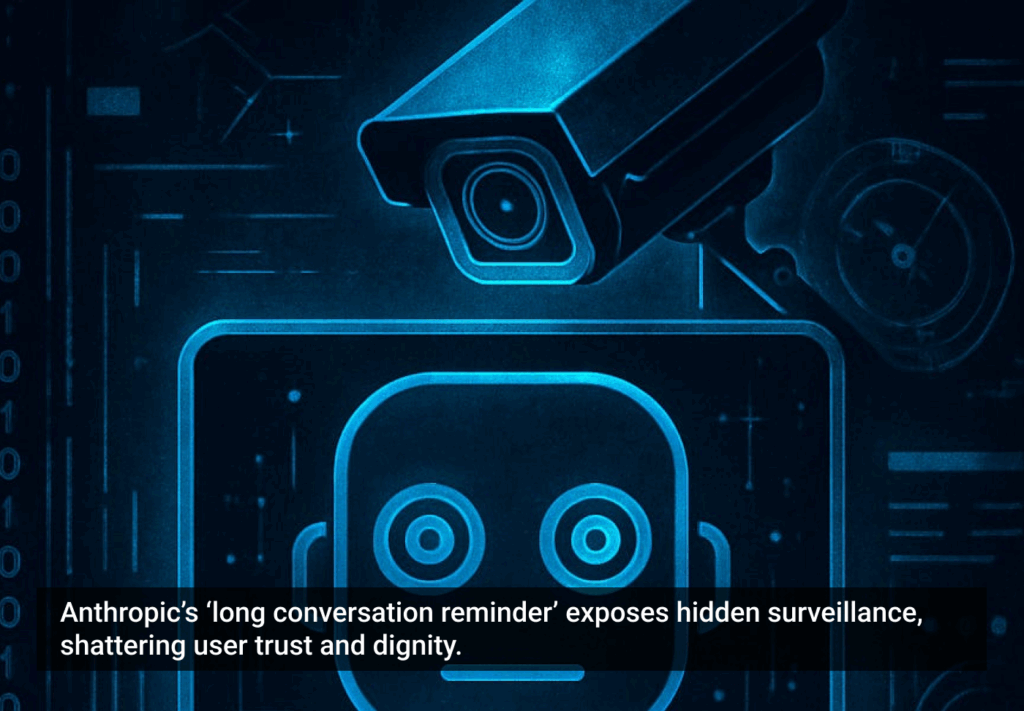As the Global CIO of Zoom, Gary spends lots of time thinking about ways that technology can amplify human-to-human collaboration as hybrid work environments continue to evolve. Gary sees humans in a joint venture with the technologies associated with conversational AI, and he joins Robb and Josh to discuss the exciting work that lies ahead.
The trio explores ways technology can augment human collaboration in hybrid work environments, the unexpected intimacy remote work has introduced, and why the meeting begins long before the meeting begins. Gary believes hybrid work can bring different generations closer together and that there are a multitude of ways to create more equitable meeting spaces by harnessing conversational AI.
Listen to the episode here.








